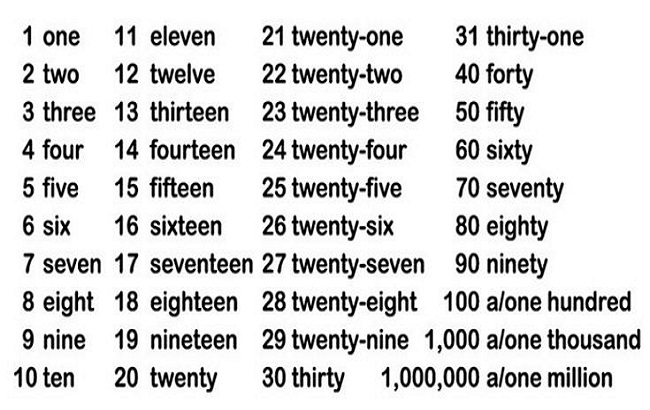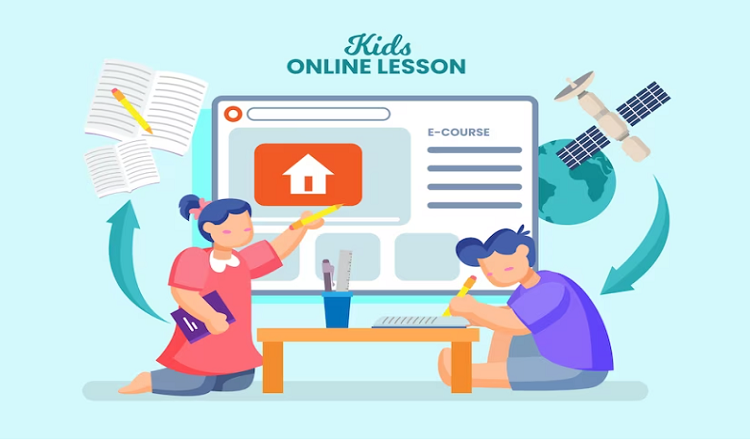The key to a happy and successful life is education. It provides access to countless opportunities and shapes one’s professional and personal development. The need for qualified educators is greater than ever in the modern society. You’ve come to the correct place if you love learning and are searching for a rewarding job.
We’ll talk about five in-demand occupations in the US education sector in this blog post. In the field of education, there are opportunities for everyone, regardless of their areas of interest, including administration, teaching, or curriculum creation. These vocations, which range from managing schools to creating educational initiatives, present the chance to have a beneficial influence on society and leave a lasting legacy.
Take a cup of coffee, and let’s discuss the top five positions in demand in the US education sector. We guarantee to keep this entertaining and educational so you won’t nod off in the middle.
Employment Type 1: School Administrator
The daily management of a school or educational institution is your main duty as a school administrator. This entails managing personnel, keeping track of student information, creating school policies, and making sure the institution complies with local, state, and federal laws. The educational goals of the school must be shaped by administrators in order to meet the requirements of both the students and the community.
In the USA, you normally require a master’s degree in education or a closely related discipline, along with several years of experience as a teacher or other educational professional, to become a school administrator. Additionally, several states demand that school administrators possess a current licence or certification provided by the state.
With a projected growth rate of 4% from 2019 to 2029, the career outlook for school administrators in the USA is relatively favourable. The median annual compensation for school administrators, according to the Bureau of Labour Statistics, is $98,490, with the top 10% earning more than $147,530. For individuals who are enthusiastic about education and dedicated to having a great impact on students’ lives, the work may be both difficult and stressful as well as extremely gratifying.
Employment Type 2: Curriculum Developer
A curriculum developer is in charge of planning and producing instructional materials that adhere to local, state, and federal standards while also meeting the needs of students. This include defining learning objectives, instructional plans, and assessments that gauge student growth. To offer teachers and other educators with the necessary training and assistance for curriculum implementation, curriculum developers may also collaborate with them.
In the USA, you normally require a bachelor’s or master’s degree in education or a closely related discipline, together with several years of experience as a teacher or educational professional, to become a curriculum developer. For this position to be successful, the candidate must also possess strong organisational, analytical, and communication abilities.
Positive employment prospects are expected for curriculum developers in the USA from 2019 to 2029, with a 5% anticipated growth rate. The median annual wage for curriculum developers, according to the Bureau of Labour Statistics, is $68,730, with the top 10% earning more than $106,440. The profession of curriculum developer is crucial and profitable in the sphere of education due to the rising need for high-quality educational programmes.
Teaching special education is a third career.
Students with impairments or special needs must get specialised training and support from special education teachers. This entails constructing individualised education programmes (IEPs), instructional resources, and teaching strategies that are tailored to the particular requirements of each student. To make sure that kids are receiving the right support and services, special education instructors work in conjunction with other academic experts, parents, and other members of the educational community.
In the USA, you normally require a bachelor’s or master’s degree in special education or a closely related discipline, as well as a current state-issued teaching licence or certification, in order to work as a special education teacher. A lot of special education instructors have previously worked with pupils who have impairments or special needs.
Positive career prospects are expected for special education instructors in the USA from 2019 to 2029, with a predicted growth rate of 3%. The average yearly pay for special education instructors, as reported by the Bureau of Labour Statistics, is $63,660, with the top 10% earning more than $98,530. The need for specialised education services is growing, making the job of a special education teacher an essential and rewarding one in the field of education.
The fourth career is instructional designer
For several categories of learners, including students, employees, and clients, an instructional designer creates educational materials and programmes. This entails determining the educational objectives, designing engaging and effective instructional materials, and determining the target audience’s learning requirements. To create high-quality instructional resources that are tailored to the needs of the students, instructional designers may collaborate with instructors, trainers, and subject matter experts.
In the USA, you normally require a bachelor’s or master’s degree in instructional design, educational technology, or a related discipline to work as an instructional designer. A lot of instructional designers have also worked as teachers, trainers, or e-learning developers in the past.
Positive employment prospects for instructional designers are anticipated in the USA, with a 3% projected growth rate from 2019 to 2029. The median annual wage for instructional designers, according to the Bureau of Labour Statistics, is $76,710, with the top 10% making more than $118,310. The position of instructional designer is a crucial and thrilling one in the education industry due to the rising need for e-learning and other kinds of instructional resources.
Career 5: Analyst of educational policy
Research, analysis, and evaluation of educational policies and programmes at the local, state, and federal levels are the duties of an education policy analyst. This include gathering and analysing data, creating policy suggestions, and informing stakeholders of findings. To influence policy choices and enhance educational outcomes, education policy analysts may also collaborate with legislators, teachers, and advocacy organisations.
In the USA, you normally require a master’s or doctoral degree in education policy, public policy, or a similar discipline to work as an education policy analyst. A lot of education policy analysts have also held positions connected to education or policy in the past.
The United States has a promising career outlook for education policy analysts, with a 5% growth rate predicted from 2019 through 2029. The Bureau of Labour Statistics reports that the median annual compensation for analysts of educational policy is $77,750, with the top 10% earning more than $129,540. Education policy analyst is a demanding and fulfilling career in the education field due to the increased focus on school reform and accountability.
Conclusion
In conclusion, for individuals who are passionate about making a difference in the lives of students, the education sector offers a number of fascinating and gratifying job prospects. School administrators, curriculum developers, special education teachers, instructional designers, and education policy analysts are among the five in-demand professions in the US education sector that we have examined in this article.
Each of these professions has particular educational and experience prerequisites, employment responsibilities, and earning potential. However, they all present the chance to make a real difference in the lives of students and enhance education as a whole.
A profession in education also offers several advantages, such as employment security, personal fulfilment, and the chance to positively influence society. Investigating employment options in the education sector can be a fantastic decision, whether you are just starting out in your career or hoping to shift directions.
We conclude by urging readers to research the different career options available in the US education sector and find a rewarding career that satisfies their interests and ambitions.
Read More You May Like:
- Understanding teaching policies and their impact on students
- The top educational trends to watch in the next decade
- The most popular educational technology trends of 2021
- The impact of the COVID-19 pandemic on education
- The best resources for online learning and self-improvement











